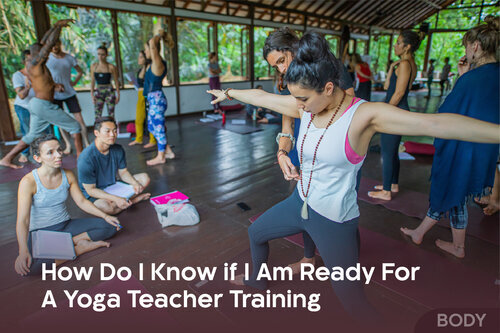What is Bhakti Yoga?
What is Bhakti Yoga?
The word "bhakti" has started to become more common in the context of yoga. It might be useful to talk a little bit about what bhakti-yoga is and how it differs from the many other styles of yoga. In today's world there is a big emphasis on the physical aspect of yoga, which I call the "outer practices". Bhakti-yoga could then naturally fall more into the "inner practices" category.
Bhakti-Yoga is one of the three spiritual paths described in the Bhagavad Gita (Song of the Lord). Bhakti or "love of God" is the natural state of a living being. Bhakti-Yoga has many stages to it. To simplify, we could say that bhakti-yoga is meditation and service with love and devotion. The Bhagavad Gita emphasises the love aspect while the Upanishads the meditative aspect - the two surely must go hand in hand.
Bhakti is a sort of cultivation. In order to cultivate we need action. Cultivation of spirituality does not only mean sitting down silently in meditation. We should feel enthusiastic [utsāhāt] towards our spiritual practice and enthusiasm means action. How do we then take action on the bhakti path?
On the path of bhakti-yoga, śravanam, or hearing, is the first step in acquiring transcendental knowledge.
tad viddhi pranipātena | paripraśnena sevayā | upadeksyanti te jñānam | jñãninas tattva-darśinah
"Just try to learn the truth by approaching a spiritual master. Inquire from him/her submissively and render service unto him/her. The self-realized soul can impart knowledge unto you because he/she has seen the truth." The bhakti path does stress patience. It is said that when by good fortune one comes in contact with a pure devotee and hears from him/her patiently, one begins to follow the path of devotional service. Such an opportunity is offered to a person who is sincere.
The second step is kirtanam, devotional chanting to the divine.
This connection with the Higher Self is also known as nada yoga – the yoga of sound. We can lose ourselves in sound and experience a sense of pleasure, joy and freedom. We can chant either longer mantras (traditionally in the ancient language of sanskrit) or just simply "OM" [AUM], the primordial bija or seed sound.
Our spiritually conscious activities require both patience and confidence. In devotional service surrender means that one has to become confident. The devotee does trust that the path will protect and help him/her.
A bhakti-yogi chooses to live a clean and simple lifestyle following the yamas and niyamas or the ethical guidelines and positive regulative principles for personal- and social living. A bhakti-yogi uses the japa-mālā beads for daily chanting meditation. It goes without saying that a bhakti-yogi respects all life and chooses a violence- and cruelty free living by choosing not to harm any living beings in words, thoughts or actions. A bhakti-yogi loves all living beings including animals and therefore naturally chooses a vegetarian diet.
We eventually come to the understanding that we all are individual jivas (souls) and simultaneously a part and parcel of Param Atma, the Supreme Soul.
I personally love to incorporate a bhakti fragrance to my yoga classes. This could mean sharing the dharma, or the philosophy and chanting together with or without the music. If you are keen to learn more about the yoga philosophy and bhakti you can join our Radiantly Alive Yoga Teacher Trainings L1, where I teach the yoga philosophy blocks.
"In Bhakti we Trust"
Love,
Sanna
About the author:
Sanna believes in constant learning and development and has always remained curious. She spent the last 30 years experimenting with all forms of movement, yoga and Eastern philosophy and blends these effortlessly into her teaching. Her classes are always a journey - fun, interactive, strong yet soft and usually blended with mantra and evocation from her beloved shruti box . She is a long-term faculty member of the RA Yoga Teacher Trainings and specialises in asana and yoga philosophy. In Europe she teaches at workshops, festivals and runs retreats.
She has studied with many big ashtanga vinyasa yoga names from Petri Raisanen to Sri K. Pattabhi Jois and many others from different yoga traditions and lineages. Sanna studied Asian Spiritual Classics and Mahayana Buddhism with Lama Marut in Singapore and was authorised by him to teach Tibetan Heart Yoga. In India she studied under Vijay Krsna and they often collaborate at international yoga festivals and retreats interweaving yoga with dance and bhakti .Sanna, born and raised in Helsinki, has one foot in Finland, one in Bali and her heart in both! Outside of yoga her passion is working with rescue dogs and cats. You can contact Sanna in here: sanna@skyogini.com
Other topics that might interest you



